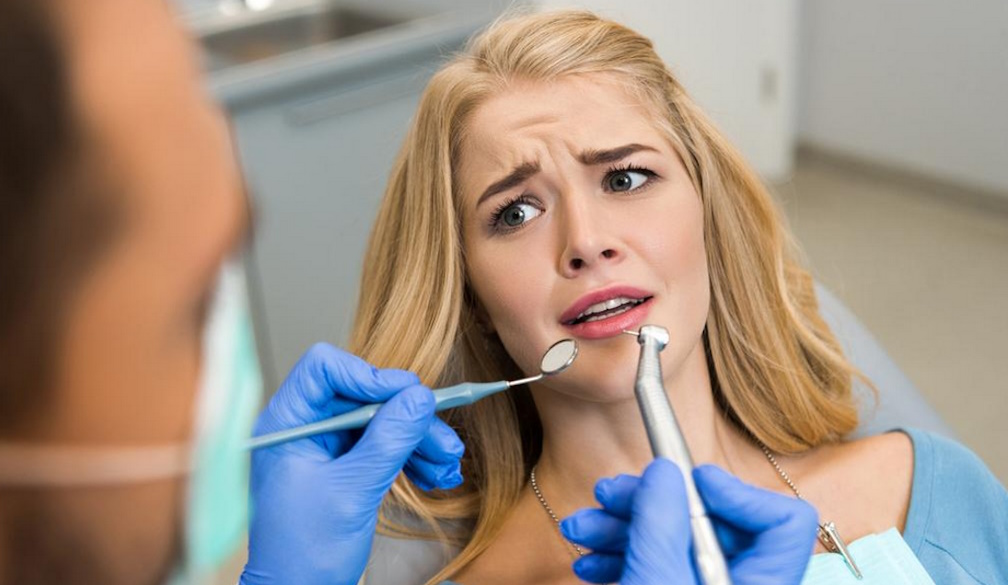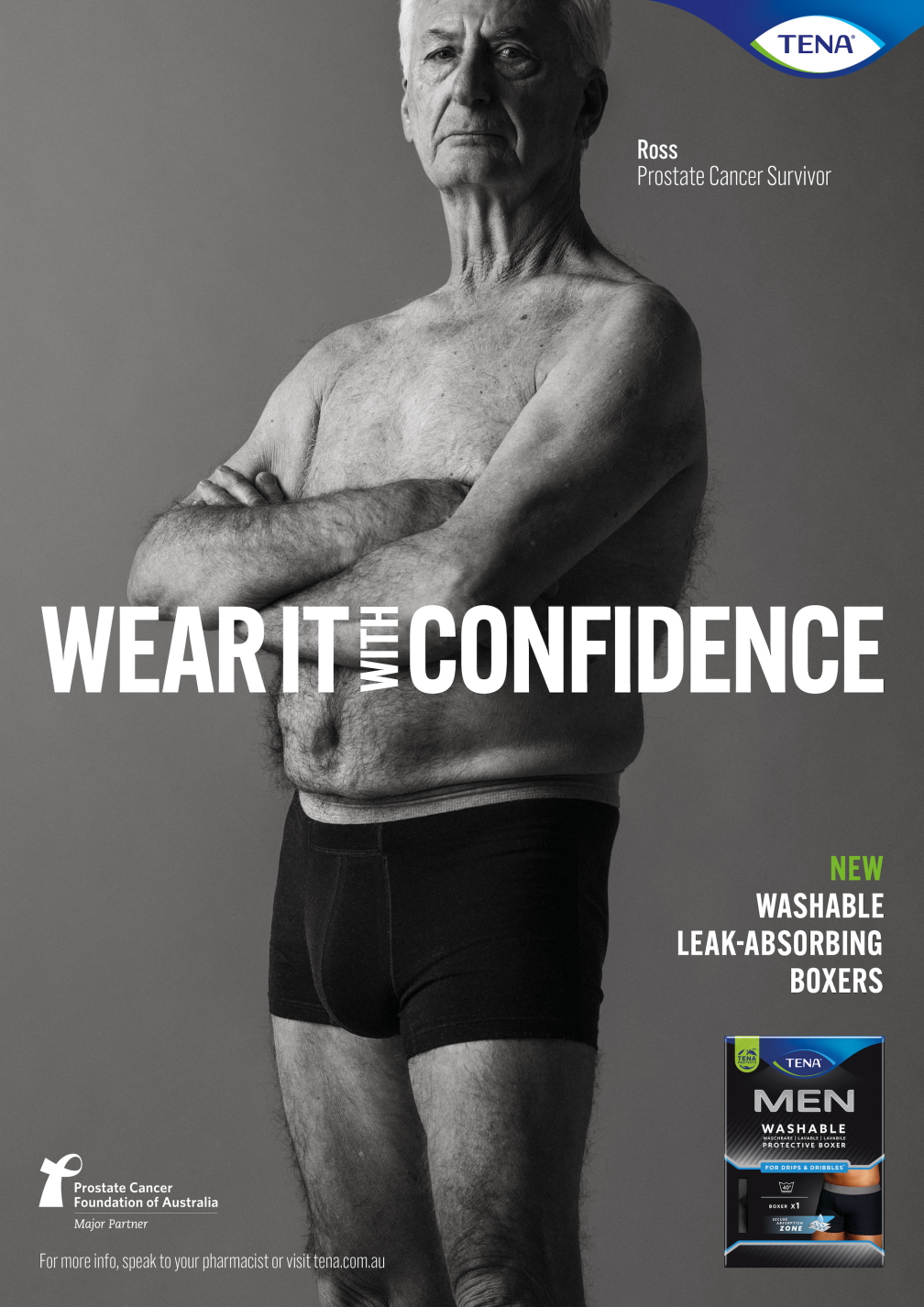The Evolving Role of Dentists in Modern Healthcare

When it comes to the realm of healthcare, one profession stands out for its blend of artistry and scientific precision dentistry. Dentists are the unsung heroes behind the radiant smiles that grace our faces. Beyond the obvious aesthetic appeal, dentistry plays a pivotal role in maintaining oral health, which has a cascading effect on overall well-being. This article delves into the multifaceted world of dentistry, exploring its evolution, modern techniques, and the crucial connection between oral health and systemic health.
Evolution of Dentistry: From Barber-Surgeons to Modern Practitioners
The roots of dentistry can be traced back to ancient civilizations, where dental procedures were often performed by barber surgeons or general physicians. Ancient Egyptians used primitive toothpaste made from crushed eggshells and pumice, highlighting their understanding of oral hygiene. However, Dentist in Kenmore as a distinct profession began to take shape in the 18th century. Pierre Fauchard, often referred to as the "father of modern dentistry," introduced groundbreaking concepts such as dental fillings and prostheses.
Over time, dentistry has evolved into a specialized field encompassing various branches. Orthodontics focuses on correcting misalignments through braces or aligners, while periodontics deals with gum diseases and their treatments. Oral and maxillofacial surgery covers complex procedures like tooth extractions and jaw surgeries. Endodontists specialize in root canal treatments, addressing infections within the tooth pulp. Each branch contributes to the comprehensive care provided by modern dentistry.
Technological Advancements: Paving the Way for Precise Interventions
The 21st century has witnessed remarkable technological advancements that have revolutionized dentistry. Digital imaging, such as cone beam computed tomography (CBCT), provides 3D images of oral structures, aiding in accurate diagnoses and treatment planning. Intraoral scanners have replaced traditional molds, making the process more comfortable and efficient for patients.
One of the most notable breakthroughs is the advent of laser dentistry. Lasers are now used for various purposes, including cavity detection, gum surgeries, and teeth whitening. Laser procedures are often less invasive, resulting in reduced pain and faster recovery times. Additionally, computer-aided design and computer-aided manufacturing (CAD/CAM) technology enable the creation of precise dental restorations like crowns and veneers in a single visit.
The Oral-Systemic Connection: Beyond the Mouth
While dentistry primarily deals with oral health, its impact extends far beyond the mouth. Extensive research has revealed a strong connection between oral health and systemic health. Poor oral hygiene and untreated oral diseases can contribute to a range of medical conditions, including cardiovascular diseases, diabetes, and respiratory infections. Inflammation and infections in the oral cavity can release harmful bacteria into the bloodstream, potentially affecting distant organs and systems.
Furthermore, the oral cavity often serves as an indicator of underlying health issues. Dentists may detect early signs of systemic diseases during routine examinations. For instance, pale and bleeding gums could be indicative of blood disorders, while the erosion of tooth enamel might point to gastrointestinal issues caused by acid reflux.
Patient-Centric Approach: Beyond Instruments and Tools
In the past, dental visits were often associated with anxiety and discomfort. However, modern dental practice emphasizes a patient-centric approach, focusing on both the physical and emotional well-being of patients. Dentists are now trained not only in clinical skills but also in effective communication and empathy.
Sedation dentistry has emerged as a game-changer for patients with dental phobias. Techniques like nitrous oxide sedation and oral sedatives help alleviate anxiety, making dental procedures more manageable. Moreover, the ambience of dental clinics has transformed, with soothing decor and entertainment options that create a calming atmosphere.
The Future Landscape: Innovations on the Horizon
Looking ahead, dentistry continues to embrace innovation at an unprecedented pace. Nanotechnology holds the promise of developing advanced materials for dental restorations, ensuring durability and aesthetics. Researchers are exploring regenerative dentistry, aiming to regrow damaged or missing teeth using stem cells. Tele-dentistry is gaining traction, allowing patients to consult with dentists remotely, especially in underserved areas.
Artificial intelligence (AI) is another technology making inroads into dentistry. AI algorithms can aid in diagnosing conditions like cavities and gum diseases from images and radiographs. Additionally, AI-powered robots are being developed to assist dentists during complex surgeries, enhancing precision and reducing the margin of error.
Conclusion
Dentistry, once rooted in basic oral care, has evolved into a sophisticated blend of art and science. From its humble beginnings, dentistry has undergone a transformative journey, driven by technological advancements and a deeper understanding of its impact on overall health. Beyond the surface-level beauty of smiles, dentists contribute to enhancing the quality of life for their patients, ensuring not only radiant grins but also optimal health from within. As the landscape of dentistry continues to evolve, one thing remains certain: the world of dentistry is far more profound and intricate than meets the eye.





